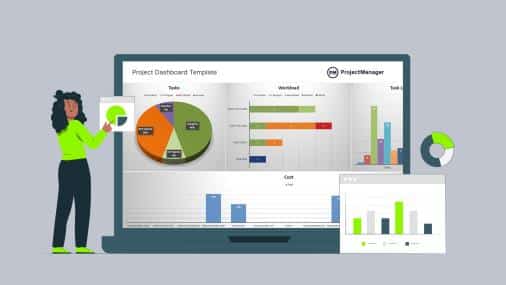Business environment, effective business development is crucial for sustainable growth. A well-structured business development tracking template can be a game-changer, helping you stay organized, prioritize leads, and measure your progress. This blog post will delve into the importance of a business development tracking template, its key components, and how to create one that aligns with your specific business needs.
Why is a Business Development Tracking Template Essential?
A business development tracking template is essential for several reasons:
- Organization: It helps you keep track of all your leads, opportunities, and deals in one centralized location.
- Prioritization: It allows you to prioritize your efforts and focus on the most promising opportunities.
- Efficiency: It streamlines your workflow and reduces the time spent on manual tasks.
- Accountability: It helps you track your progress and hold yourself accountable for your goals.
- Decision-Making: It provides valuable insights that can inform your decision-making process.
Key Components of a Business Development Tracking Template
A comprehensive business development tracking template should include the following key components:
- Lead Information: Name
- Company
- Title
- Contact Information
- Industry
- Company Size
- Pain Points
- Needs
- Opportunity Information: Opportunity Name
- Description
- Potential Revenue
- Timeline
- Key Decision-Makers
- Competition
- Deal Pipeline Stage: Lead Generation
- Qualification
- Proposal
- Negotiation
- Closed Won
- Closed Lost
- Activity Log: Date
- Activity Type (e.g., call, email, meeting)
- Notes
- Next Steps
How to Create a Business Development Tracking Template
You can create a business development tracking template using various tools and methods:
- Spreadsheet Software: Excel or Google Sheets can be used to create a simple template.
- CRM Software: A CRM system like Salesforce or HubSpot can provide more advanced features and automation capabilities.
- Project Management Tools: Tools like Asana or Trello can be used to track tasks and deadlines associated with your business development activities.
Tips for Effective Business Development Tracking
- Consistency: Update your template regularly to ensure accurate and up-to-date information.
- Customization: Tailor your template to your specific business needs and goals.
- Collaboration: Share your template with your team to foster collaboration and accountability.
- Data Analysis: Use your data to identify trends, measure your performance, and make informed decisions.
Common Mistakes to Avoid When Using a Business Development Tracking Template
- Inconsistent Data Entry: Ensure that all information is entered consistently and accurately.
- Lack of Detail: Provide enough detail in your notes to understand the context of each interaction.
- Neglecting Follow-Up: Use your template to schedule follow-up tasks and ensure timely follow-through.
- Overcomplicating the Template: Keep your template simple and easy to use.
The Benefits of a Well-Maintained Business Development Tracking Template
A well-maintained business development tracking template can provide numerous benefits, including:
- Increased Sales: By prioritizing leads and opportunities, you can increase your sales pipeline and close more deals.
- Improved Efficiency: A streamlined workflow can save you time and effort.
- Better Decision-Making: Data-driven insights can help you make informed decisions about your business development strategy.
- Enhanced Accountability: Tracking your progress can help you stay focused and motivated.
Best Practices for Using a Business Development Tracking Template
- Set Clear Goals: Define your business development goals and use your template to track your progress.
- Prioritize Tasks: Use your template to prioritize tasks and focus on the most important activities.
- Review and Update Regularly: Review your template regularly to ensure it’s accurate and up-to-date.
- Use Your Data: Analyze your data to identify trends and opportunities.
Additional Tips for Maximizing the Effectiveness of Your Business Development Tracking Template
- Automate Where Possible: Use automation tools to streamline your workflow and reduce manual data entry.
- Integrate with Other Tools: Integrate your business development tracking template with other tools, such as your CRM or email marketing software.
- Train Your Team: Train your team on how to use the template effectively.
- Celebrate Successes: Use your template to track your successes and celebrate your achievements.
Conclusion
A well-designed business development tracking template is an invaluable tool for any business. By following the tips and best practices outlined in this blog post, you can create a template that helps you stay organized, prioritize your efforts, and achieve your business development goals. Remember, the key to success is to use your template consistently and to analyze your data to make informed decisions.

